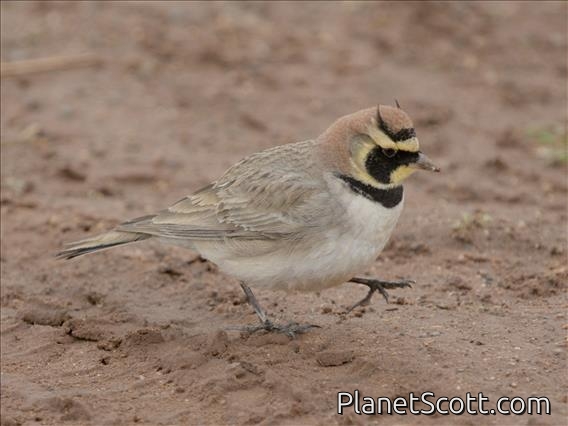Horned Lark (Eremophila alpestris)

Horned Lark (Eremophila alpestris) - Atlas

Horned Lark (Eremophila alpestris) - Male


×



Horned Lark (Eremophila alpestris) - Atlas

Horned Lark (Eremophila alpestris) - Male
About Horned Lark (Eremophila alpestris)
- Kingdom: Animals
- Phylum: Chordates
- Class: Birds
- Order: Perching Birds
- Family: Larks
The horned lark or shore lark is a species of lark in the family Alaudidae found across the northern hemisphere. It is known as "horned lark" in North America and "shore lark" in Europe.
Source: Wikipedia
Visits
-
2008-12-06
Solano County Farmlands, United States of America -
2009-01-13
Western Kane County - Walker Road, United States of AmericaFound fairly easily along the road. -
2011-05-29
Del Puerto Canyon and Mines Road, United States of America -
2012-05-31
Flight 93 Memorial, United States of America -
2012-07-10
Chase Lake NWR, United States of America -
2012-07-11
Theodore Roosevelt National Park - South Unit, United States of America -
2012-12-06
Solano County Farmlands, United States of America -
2013-03-06
Fermilab, United States of America -
2013-04-19
Bolivar Peninsula, United States of America -
2014-02-22
Panoche Valley, United States of America -
2014-05-10
Pinery Canyon Rd. (grasslands section only), United States of America -
2015-01-02
Pixley NWR, United States of America -
2015-01-03
Mendota Wildlife Area, United States of America -
2015-01-04
Panoche Valley, United States of America -
-
-
-
-
-
-







